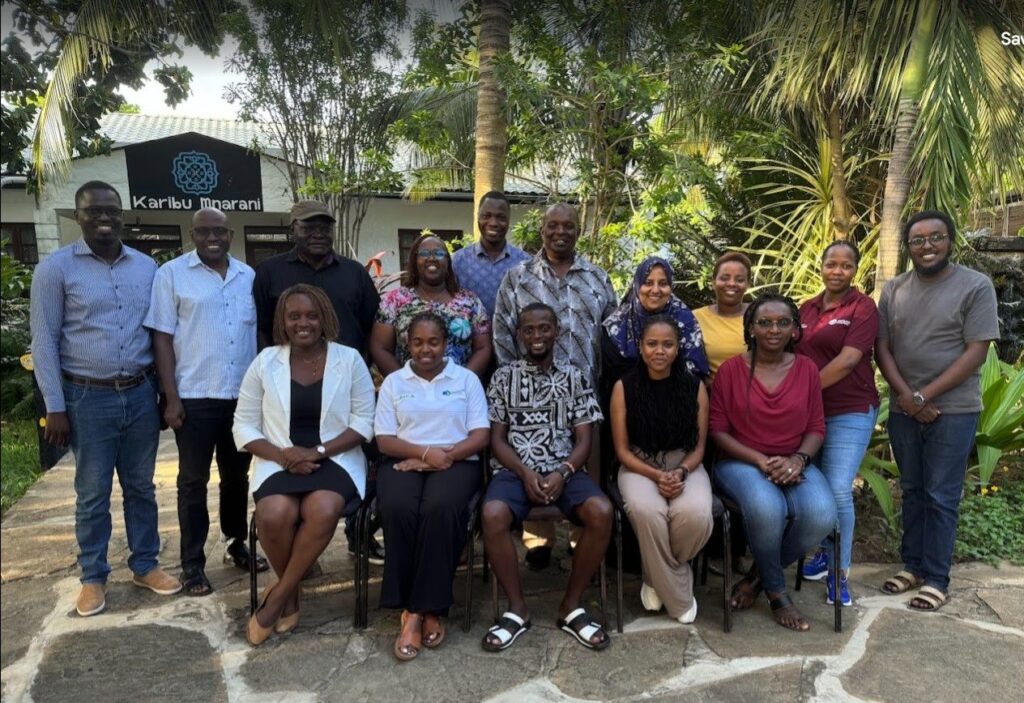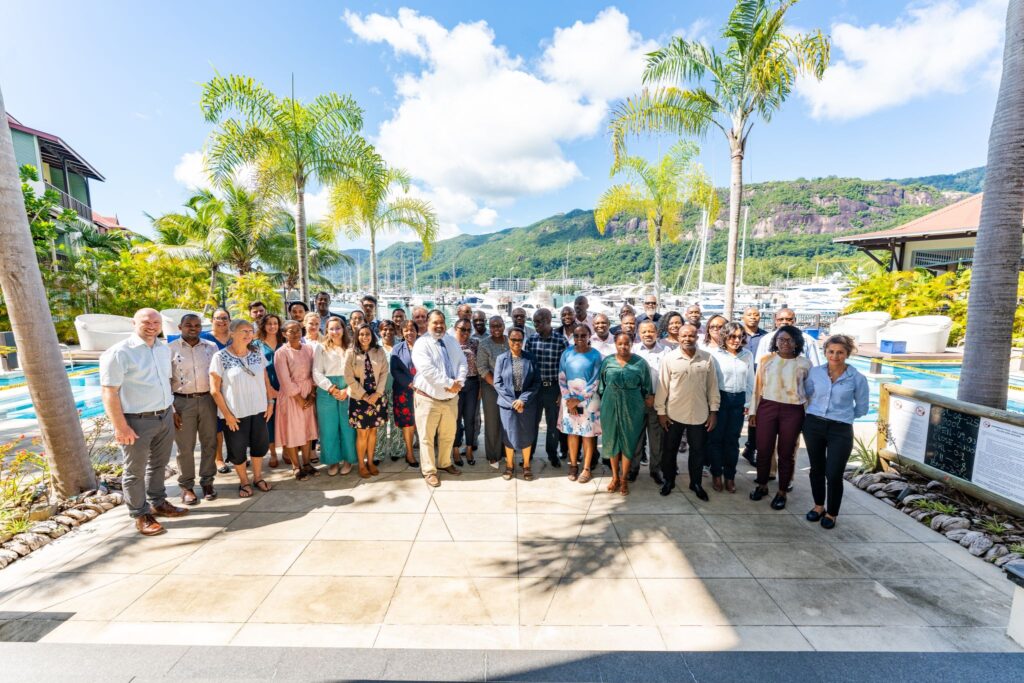
World Oceans Month : Strengthening Coastal & Delta Conservation Across the WIO Region
Every June, World Oceans Month reminds us of our shared responsibility to protect the seas that sustain life. This year, our celebrations were more than symbolic they were a series of coordinated actions that connected people, science, and policy across the Western Indian Ocean (WIO) region.
From the Kenyan coast to the islands of the Seychelles, we worked alongside communities, governments, scientists, and partners to advance two milestones that will shape the future of our coastal and delta ecosystems: the designation of a new Ramsar Site in Msambweni–Vanga and the strengthening of blue carbon ecosystem conservation across the WIO.
Protecting the Msambweni–Vanga Seascape
Our journey began in Mombasa, where stakeholders gathered for a three-day workshop dedicated to the designation of the Msambweni–Vanga Seascape as a Ramsar Site wetlands of international importance recognized under the Ramsar Convention.
Participants included local community leaders, conservation NGOs, county government officials, and national representatives, all committed to ensuring this biologically rich and culturally important seascape gets the global recognition and protection it deserves.
The discussions delved deep into the Ramsar designation process, unpacking the ecological criteria, governance requirements, and the community’s role in long-term stewardship. Importantly, we also documented the ecological, social, and economic value of the site from its mangrove forests and seagrass meadows to its role in supporting small-scale fisheries and coastal resilience.
By the end of the workshop, the first draft of the Ramsar dossier had been compiled a vital step toward securing legal and policy safeguards for the seascape. Once finalized, this designation will not only protect biodiversity but also enhance livelihoods by creating opportunities in eco-tourism, sustainable fisheries, and blue carbon initiatives.
Strengthening Mangrove Conservation Collaboration in Kenya
Momentum from World Oceans Month also fueled national collaboration efforts. In Kilifi County, Kenya, members of the Global Mangrove Alliance (GMA) – Kenya Chapter convened to finalize a landmark Memorandum of Understanding (MoU) and co-develop a five-year Strategic Plan to guide mangrove conservation in the country.
This milestone collaboration bringing together Conservation International, IUCN, The Nature Conservancy, Wetlands International Eastern Africa, and WWF-Kenya will formalize the GMA-Kenya Chapter’s governance and implementation framework, ensuring alignment with national priorities and the global #MangroveBreakthrough initiative.
The MoU, set to be officially launched on 26 July 2025 during the International Day for the Conservation of the Mangrove Ecosystem, will lay the foundation for joint project development and implementation, harnessing each institution’s strengths and creating synergies for greater conservation impact.

Advancing Blue Carbon Conservation Across the WIO
Just weeks later, our efforts moved offshore to the Seychelles, where the Seychelles Conservation and Climate Adaptation Trust (SeyCCAT) hosted the “Conserving Blue Carbon Mangrove and Seagrass Ecosystems Across the Western Indian Ocean” regional workshop from April 23–25.
As pioneers in seagrass mapping and conservation, both regionally and globally, we were proud to partner with SeyCCAT in bringing together experts from Kenya, Tanzania, Madagascar, and Mozambique for three days of technical exchange, strategic planning, and partnership building.
The workshop sessions explored:
- The latest science on blue carbon ecosystems and their role in climate mitigation.
- New technologies for seagrass mapping and monitoring.
- Best practices for community-based conservation of mangroves and seagrass meadows.
- Pathways for integrating blue carbon into national climate strategies.
Beyond the science, the workshop fostered stronger regional cooperation, laying the groundwork for a shared WIO agenda on mangrove and seagrass conservation. Participants agreed on follow-up actions, including collaborative research, joint funding proposals, and harmonized monitoring approaches.
This milestone was made possible through the collaboration of SeyCCAT, The Pew Charitable Trusts, Nairobi Convention, WIOMSA, and the University of Seychelles partnerships that continue to turn ideas into tangible conservation outcomes.

One Ocean, Shared Responsibility
From the tidal flats of Msambweni–Vanga to the seagrass meadows of the Seychelles, and the strategic roundtables in Kilifi, this World Oceans Month was a vivid reminder that healthy oceans start with healthy coasts and deltas.
These efforts are part of a bigger picture one in which communities, scientists, and policymakers work side by side to safeguard the natural systems that protect us from climate change, sustain our fisheries, and store vast amounts of blue carbon.
The journey doesn’t end here. By building on the momentum of June’s activities, we will continue working across borders to protect the lifelines of our ocean — ensuring they thrive for generations to come.
